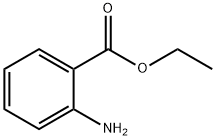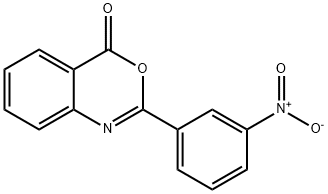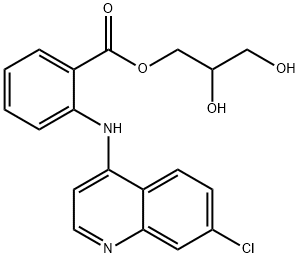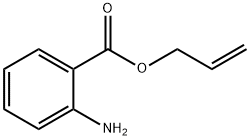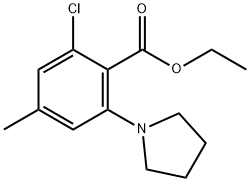A4057112
Ethyl Anthranilate , >99.0%(GC) , 87-25-2
Synonym(s):
Benzocaine impurity D (PhEur);Ethyl anthranilate
CAS NO.:87-25-2
Empirical Formula: C9H11NO2
Molecular Weight: 165.19
MDL number: MFCD00007711
EINECS: 201-735-1
| Pack Size | Price | Stock | Quantity |
| 5ML | RMB35.20 | In Stock |
|
| 25ML | RMB78.40 | In Stock |
|
| 100ML | RMB237.60 | In Stock |
|
| 500ML | RMB597.60 | In Stock |
|
| others | Enquire |
Update time: 2022-07-08
PRODUCT Properties
| Melting point: | 13-15 °C (lit.) |
| Boiling point: | 129-130 °C/9 mmHg (lit.) |
| Density | 1.117 g/mL at 25 °C (lit.) |
| vapor density | 5.7 (vs air) |
| refractive index | n |
| FEMA | 2421 | ETHYL ANTHRANILATE |
| Flash point: | >230 °F |
| storage temp. | Keep in dark place,Inert atmosphere,Room temperature |
| solubility | Insoluble in water but soluble in organic solvents |
| pka | 2.20±0.10(Predicted) |
| form | Clear liquid |
| color | Light yellow |
| Specific Gravity | 1.1170 |
| Odor | at 100.00 %. sweet floral grape orangeblossom wintergreen |
| Odor Type | floral |
| biological source | synthetic |
| JECFA Number | 1535 |
| BRN | 878874 |
| Stability: | Stable. Combustible. Incompatible with acids, bases, oxidizing agents. |
| Cosmetics Ingredients Functions | PERFUMING |
| LogP | 2.57 |
| Surface tension | 39.3 mN/m at 22° |
| CAS DataBase Reference | 87-25-2(CAS DataBase Reference) |
| EPA Substance Registry System | Ethyl anthranilate (87-25-2) |
Description and Uses
Ethyl 2-aminobenzoate is used as a reactant in the amination of aryl chlorides, bromides, and triflates.
Safety
| Symbol(GHS) |  GHS07 |
| Signal word | Warning |
| Hazard statements | H315-H319-H303-H335 |
| Precautionary statements | P264-P280-P302+P352+P332+P313+P362+P364-P305+P351+P338+P337+P313-P261-P280a-P304+P340-P305+P351+P338-P405-P501a |
| Hazard Codes | Xi |
| Risk Statements | 36/38 |
| Safety Statements | 26-36 |
| WGK Germany | 2 |
| RTECS | DG2448000 |
| Hazard Note | Irritant |
| TSCA | Yes |
| HS Code | 29224999 |
| Hazardous Substances Data | 87-25-2(Hazardous Substances Data) |
| Toxicity | The acute oral LD50 value in rats was reported as 3.75 g/kg (3.32-4.18 g/kg) and the acute dermal LD50 value in rabbits exceeded 5 g/kg (Moreno, 1975). |

